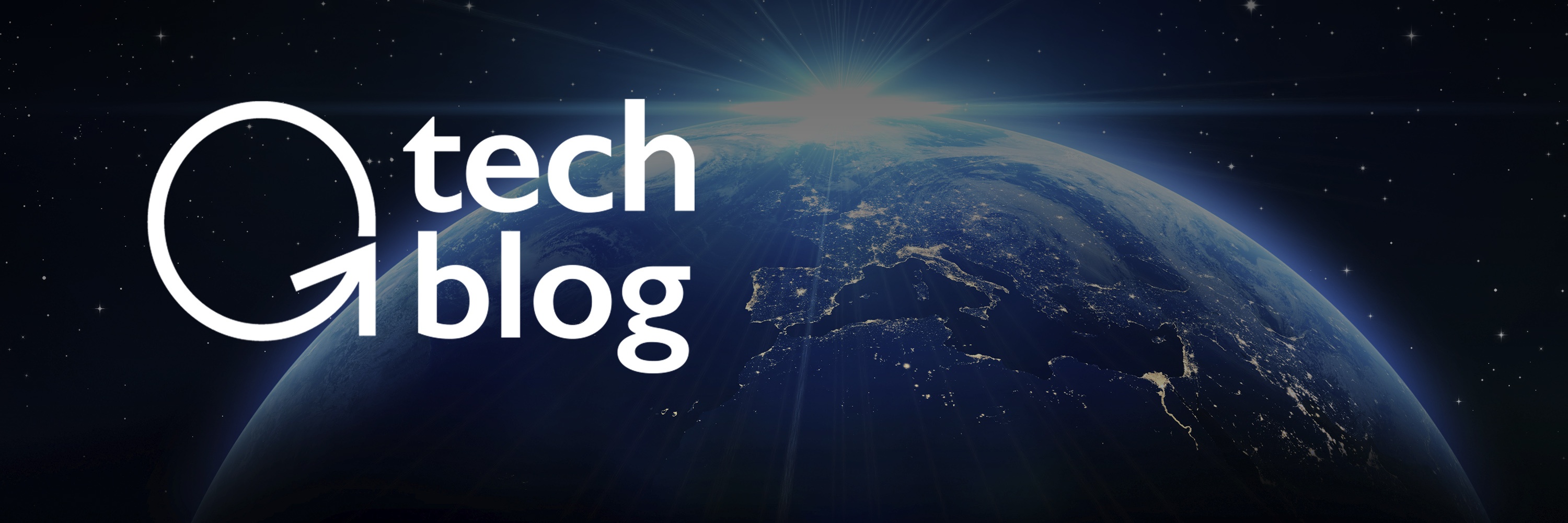
Cyborg cockroaches, on-demand digital optometry exams and robotic surgical wrists. These are just some of the inspiring innovations we curated in this week's edition of Abundance Insider.
Cheers,
Peter, Marissa, Cody, Maxx, Kelley and Greg
P.S. Read any news that should go in this digest? Send it to data@diamandis.com.
P.P.S. Know someone who would benefit from getting Abundance Insider? Send them to this link to sign up.
What is this? Consider this a briefing of the week's most compelling tech developments, as uncovered by Peter and his team and curated by Marissa Brassfield. In preparation for Abundance 360, Peter's mastermind for exponential entrepreneurs, our team shares breakthrough ideas and news items with each other and consider their implications for entrepreneurs.
See the World in Your Language with Google Translate

What it is: On Wednesday, Google announced two key expansions of its Google Translate app: 20 more languages, for a total of 27, and faster and smoother real-time voice translations. The app instantly visually translates printed text -- think washing machine dials, street signs, instruction manuals, ingredient lists -- using your smartphone's camera. Most importantly, the app doesn't require cell phone data or an Internet connection to work.
Why it's important: Instant, real-time translation eliminates language barriers, which eases communication friction while traveling and doing business. It's a glimpse into our future as a borderless world where, as Peter described in a blog last December, entrepreneurs can become a "multinational corporation, accessing 5 billion potential customers."
Spotted by Marissa Brassfield
The Quirky Business That Wants to Transform Inventing

What it is: BBC correspondent Peter Day visits Quirky for its weekly evaluation session, a game-show-like livestream in which founder Ben Kaufman and his team pitch a handful of the 4,000 ideas pitched at the company each week, and the crowd votes on which ones get financed, produced and managed.
Why it's important: Inside look at a disruptive innovation model, where the crowd -- not a room of executives or full-time staff -- decides what consumer products get financed and produced, and inventors get paid for their ideas. In BOLD, Peter and Steven wrote that Quirky "...is an alternative to the entire 20th century product development chain -- an alternative to every single step in that once hugely capital-intensive process."
Spotted by Peter Diamandis
Musk, Wozniak and Hawking Urge Ban on Warfare AI and Autonomous Weapons
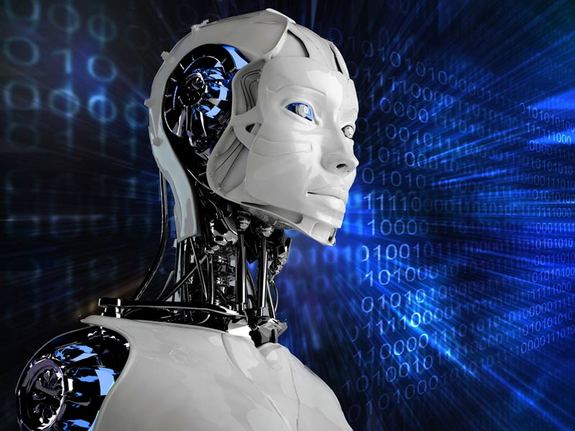
What it is: Over 1,000 high-profile artificial intelligence experts and leading researchers (including Elon Musk, Stephen Hawking and Steve Wozniak) have signed an open letter warning of a "military artificial intelligence arms race" and calling for a ban on "offensive autonomous weapons." The letter's authors say, "We believe that Artificial Intelligence has great potential to benefit humanity in many ways, and that the goal of the field should be to do so. Starting a military Artificial Intelligence arms race is a bad idea, and should be prevented by a ban on offensive autonomous weapons beyond meaningful human control."
Why it's important: As Peter has cautioned, the road to abundance will be bumpy. The crux of this issue is human-technology teamwork. Peter adds: "While I believe AI is critically important to uplifting humanity, I agree that providing autonomy to military systems is a slippery slope. On this subject I agree with Musk and Hawking. The proper intersection of AI and weapons is making sure that they are not used mistakenly; for example, using applications of artificial intelligence to assume that a homeowner's gun can't be used by their child."
Spotted by Cody Rapp
This Outlet Adapter Lets You Run All Your Gadgets On Solar Power

What it is: The SunPort is an outlet adapter that lets you power your gadgets with solar power -- even if you don't have or can't afford solar panels. The plug calculates how much energy you're using and purchases solar microcredits through the nonprofit reChoice, which handles renewable energy credits and helps build new solar panels. A laptop computer would cost $1 to $2 a month to charge on a SunPort, says inventor Paul Droege.
Why it's important: For most people with rooftop solar panels, solar electrons are sent into the grid, indistinguishable from other energy sources. SunPort dematerializes and demonetizes physical rooftop solar panels, letting people use renewable energy and support solar production without investing in a rooftop setup.
Spotted by Marissa Brassfield
Cyborg Cockroaches With Sensor 'Backpacks' Could Help Find Disaster Victims
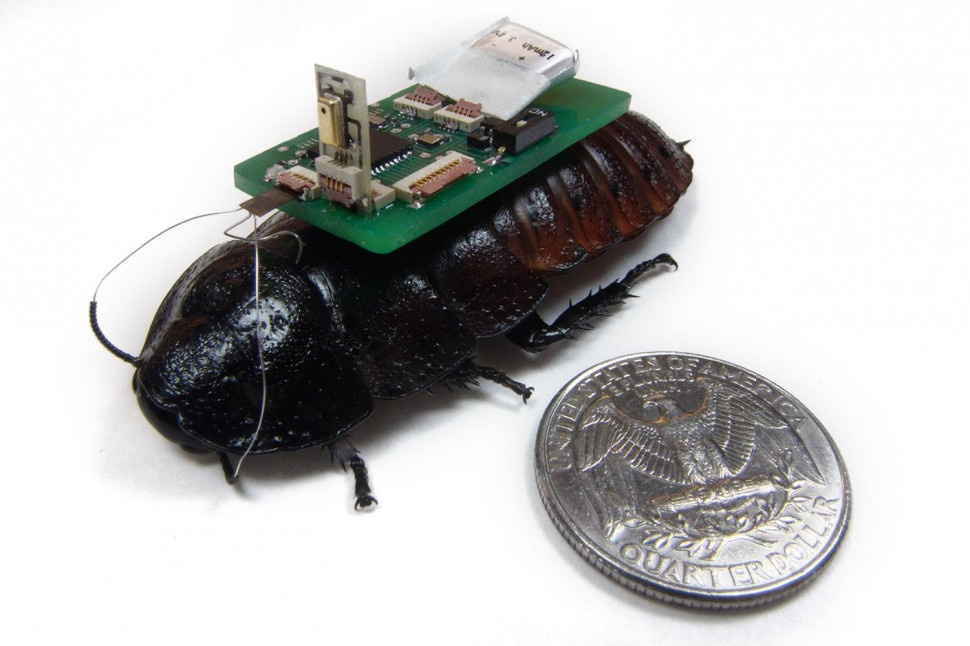
What it is: North Carolina State University bioboticists have developed cyborg cockroaches enhanced with sensor-laden backpacks to aid in disaster relief efforts. Researchers can use the backpacks to transmit navigation directions as the cockroaches comb through rubble listening for sounds. The sensor backpacks also form a network tethering several cockroaches to each other, so if a cockroach's microphone picks up a sound, it triggers other cockroaches to converge on its location.
Why it's important: Cockroaches have an innate ability to navigate challenging landscapes. When enhanced with smart sensors, which transmit information to first responders and drones, they enable faster and safer rescue efforts. Future cockroaches could be equipped not just with microphones, but with infrared sensors, propane sensors and even Geiger counters.
Spotted by Marissa Brassfield
Phosphorene Could Lead to Ultrathin Solar Cells
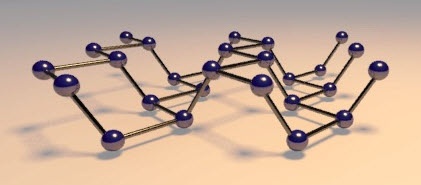
What it is: Australian National University scientists have used regular sticky tape (i.e. Scotch tape) to create phosphorene layers that are just a single atom thick. Made from black phosphorus, phosphorene is a natural semiconductor that can be switched on and off, like silicon, but it's much thinner and lighter; what's more, its properties vary with layer thickness.
Why it's important: Phosphorene enables ultrathin devices like LEDs or solar cells, with far more flexibility for manufacturing. It's a promising alternative to graphene, whose electronic properties are akin to those of metals.
Spotted by Marissa Brassfield
This is the World's First 3D Printed Smart Oven, and It's Pretty Cool

What it is: Pyra is an open-source, 3D printed oven that updates the modern convection oven. Instead of a flame source, its base has a fan that circulates air over heating elements that can bring the internal temperature to 375 degrees. Studio Fathom, Pyra's creators, say that the project is meant to "enable community-driven development of the tools scientists use in the lab. The plan is to make the thermal chamber designs open-source so anyone can download, customize and 3D print their own versions."
Why it's important: Open-source 3D printing projects like Pyra dematerialize and demonetize home appliances and lab equipment access. As Pyra's thermal chamber was originally designed for cell culture incubation, it could enable a new generation of at-home scientific researchers -- no university tuition needed.
Spotted by Marissa Brassfield
'Impossible' Rocket Drive Works and Could Get to Moon in Four Hours

What it is: An electromagnetic propulsion drive that could get us to Mars within 70 days, Pluto within 18 months, and the moon in just 4 hours. EM Drive was originally developed 15 years ago by British inventor Roger Shawyer and discounted, but this week, Martin Tajmar, a professor and chair for Space Systems at Dresden University of Technology, showed that it can produce thrust several thousand times greater than a standard photon rocket.
Why it's important: Two reasons: First, this capability would open access of the solar system's resources. Second, as we continue to experiment, we question long-standing precepts. In principle, Em Drive shouldn't work, as it defies the conservation of momentum -- but studies like this indicate it may be possible. One day, this technology or one like it could enable interplanetary travel, a la Star Trek's Impulse Drive.
Spotted by Peter Diamandis
New Optical Chip Can Switch Between States 90 Billion Times Each Second

What it is: A new optical chip by the Pratt School of Engineering at Duke University uses quantum dots; in a recent study, they were able to switch these nanocrystals between their "on" and "off" states over 90 billion times per second, with a high level of efficiency. A production-quality optical chip like this would be far faster than electronic chips, and virtually eliminate bandwidth concerns within computers.
Why it's important: Intel's pace on chip development has slowed compared to previous years, causing pundits to claim the end of Moore's Law. What we may actually be witnessing is an example of nested technology S-curves, with quantum dots as one of the contenders to drive the next computing paradigm.
Spotted by Marissa Brassfield
When Machines Can Do Most Jobs, Passion, Creativity, and Reinvention Rule

What it is: Singularity University Distinguished Fellow Vivek Wadhwa shares career-preparation advice for parents raising young children. In an abundant world where we no longer have to work to meet our basic needs, our children don't need to focus on fields that historically yield high salaries. Instead, Wadhwa recommends encouraging children to pursue their passions, love learning and be prepared for constant reinvention.
Why it's important: In a world where change is the only constant, adaptation and reinvention are the keys to survive and thrive. Wadhwa's words echo Peter's recommendations in a previous blog on the same topic.
Spotted by Marissa Brassfield
Super-Elastic Conducting Fibers for Artificial Muscles, Sensors, Capacitors

What it is: Researchers at the University of Texas at Dallas have created electrically conducting fibers using carbon nanotubes that can reversibly stretch over 14 times their initial length, with little change in their electrical resistance. The fibers were developed for use in artificial muscles and to create capacitors whose energy storage can increase when stretched.
Why it's important: KurzweilAI paints an inspiring future for the fibers and cables created from these nanotubes: "...robots and exoskeletons having great reach, morphing aircraft, giant-range strain sensors, failure-free pacemaker leads, and super-stretchy charger cords for electronic devices."
Spotted by Marissa Brassfield
3 Lessons IBM's Watson Can Teach Us About Our Brains' Biases
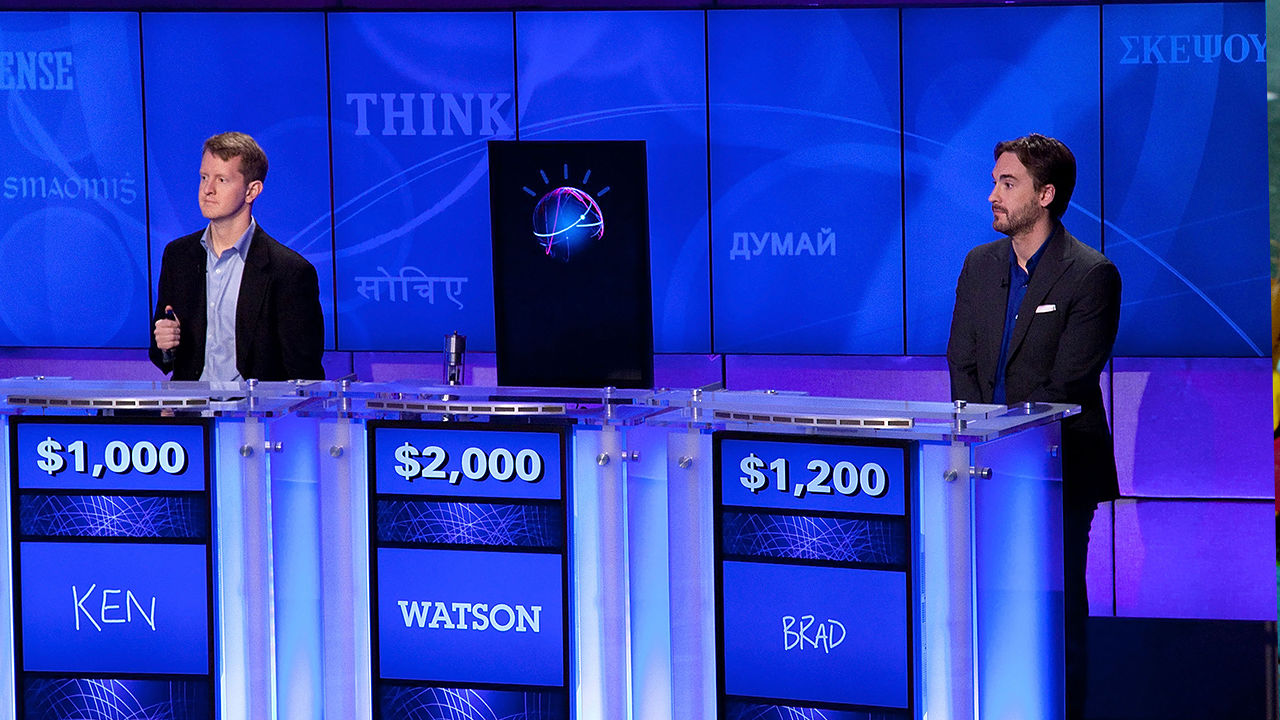
What it is: Fast Company interviewed Steve Abrams, the director of IBM Watson, on what researchers have learned about our natural cognitive biases while developing the cognitive computing system. He points out three distinct biases, which a computing system like Watson was designed to overcome: the ambiguity effect, confirmation bias, and our tendency to be more critical of someone else's ideas than your own.
Why it's important: To recreate human cognitive processes in computers, we must understand how we think, and what it means to think creatively. Because Watson understands and accounts for our unconscious biases, its users will get more reasonable (and sometimes surprising) suggestions. As a result, over time, artificial intelligence systems will earn our trust and a 'spot at the table' for important decisions.
Spotted by Marissa Brassfield
Mechanical Wrist Will Take Robotic Surgery to Places As-Yet Inoperable
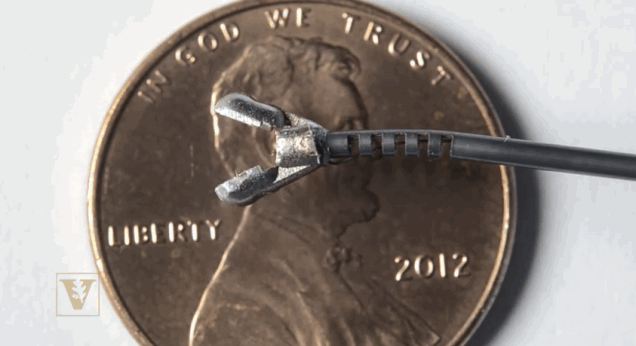
What it is: This needle-sized robotic wrist developed by researchers from Vanderbilt University is a flexible surgical device that can cut or remove tissue with an incision just 5 to 10 millimeters long. Currently, needlescopic surgery lacks devices with articulation, so surgeons must use sharp rings or heated wires to remove tissue in a back-and-forth motion.
Why it's important: Surgeon Duke Herrell, who helped develop the robotic wrist, says that the device will enable surgeons to "perform operations that are not feasible at present" on the head, face and neck. With devices as advanced as these, it won't be long until patients demand treatment from robot-enhanced surgeons (and eventually, robotic surgeons) over "regular" human surgeons.
Spotted by Marissa Brassfield
Opternative Launches Online Eye Exams, So You Can Get a Prescription Right From Your Desktop

What it is: Opternative offers on-demand, physician-approved prescriptions for glasses and contacts with its digitized exams, which use a mobile phone app in conjunction with a desktop app. Users can complete an online refractive eye exam -- which a clinical trial proved is just as accurate as a traditional exam -- from home in about 25 minutes. A glasses and contact prescription will cost $60, and a single prescription will cost $40.
Why it's important: In the U.S. alone, over 67 million adults haven't had a recommended eye exam within the last two years. Opternative digitizes the exam process and dematerializes and demonetizes the ophthalmologist's office. Ultimately, it will democratize access to safe, easy and accurate eye exams.
Spotted by Marissa Brassfield
Amazon Lays Out Its Vision for a Sky Thronging with Delivery Drones
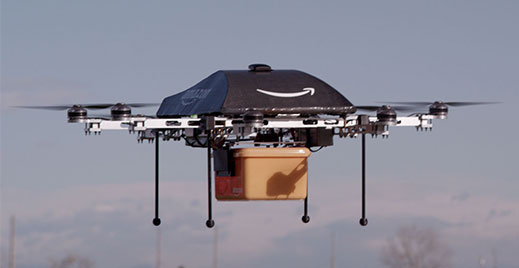
What it is: At a NASA conference this week in Mountain View, Amazon's Gur Kimchi outlined their plan to safely use delivery drones and redefine the regulation of U.S. airspace. Kimchi proposed a "high speed transit zone" between 200 and 400 feet for the drones to travel from warehouses to customer homes. The drones would link into an online safety database, but not be under direct control of a central authority like the air traffic controllers that manage commercial flights.
Why it's important: Recently, a hobbyist drone interfered with wildfire firefighting efforts in California. As drones become more ubiquitous, it's going to become increasingly more important for the government and entrepreneurs to agree on standards that allow for drones' safe operation without overregulation.
Spotted by Marissa Brassfield
Want more conversations like this?
At Abundance 360, Peter's 250-person executive mastermind, we teach the metatrends, implications and unfair advantages for entrepreneurs enabled by breakthroughs like those featured above. The program is highly selective and we're almost full, but we're still looking for a few final CEOs and entrepreneurs who want to change the world. Apply now for Abundance360 Summit if you'd like to develop an Abundance Mindset.
Know someone who would benefit from getting Abundance Insider? Send them to this link to sign up.




